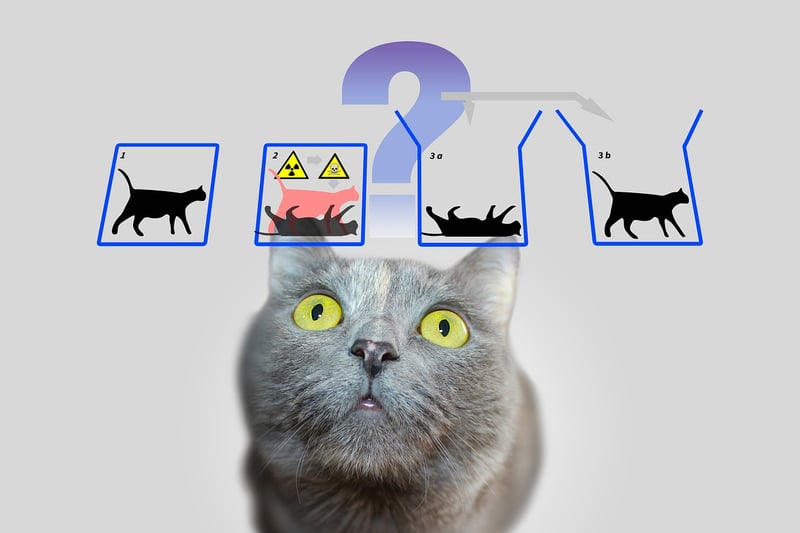Bootstrap Paradox
Navigating Time Conundrums: Understanding the Bootstrap Paradox
Time travel has been a topic of fascination for centuries, captivating the minds of scientists, writers, and enthusiasts alike. One intriguing concept within the realm of time travel is the Bootstrap Paradox, a mind-bending phenomenon that challenges our understanding of cause and effect. Let's delve into this paradox and explore its implications.
What is the Bootstrap Paradox?
The Bootstrap Paradox, also known as a causal loop, occurs when an object or information is sent back in time and becomes trapped in an infinite loop with no clear origin. In simpler terms, it raises the question of how something can exist without being created, as it appears to be a self-created or self-sustaining entity.
Example of the Bootstrap Paradox
Imagine a scenario where a time traveler goes back in time and gives a famous author a copy of their own book before it was even written. The author then publishes the book under their name, and in the future, the time traveler finds the same book and takes it back in time to give it to the author. In this loop, the book has no discernible origin, leading to the paradox.
Implications and Theories
The Bootstrap Paradox raises profound questions about causality, free will, and the nature of time itself. Some theories suggest the existence of multiple timelines or parallel universes to resolve such paradoxes, while others argue for a predetermined timeline where events are fixed and unchangeable.
Conclusion
As we unravel the mysteries of time travel and paradoxes like the Bootstrap Paradox, we are reminded of the boundless complexities of the universe. Whether a mere thought experiment or a glimpse into the unknown possibilities of our reality, the Bootstrap Paradox continues to intrigue and challenge our perception of time.

For more fascinating insights into time travel and paradoxes, stay tuned for future articles exploring the wonders of the universe!
